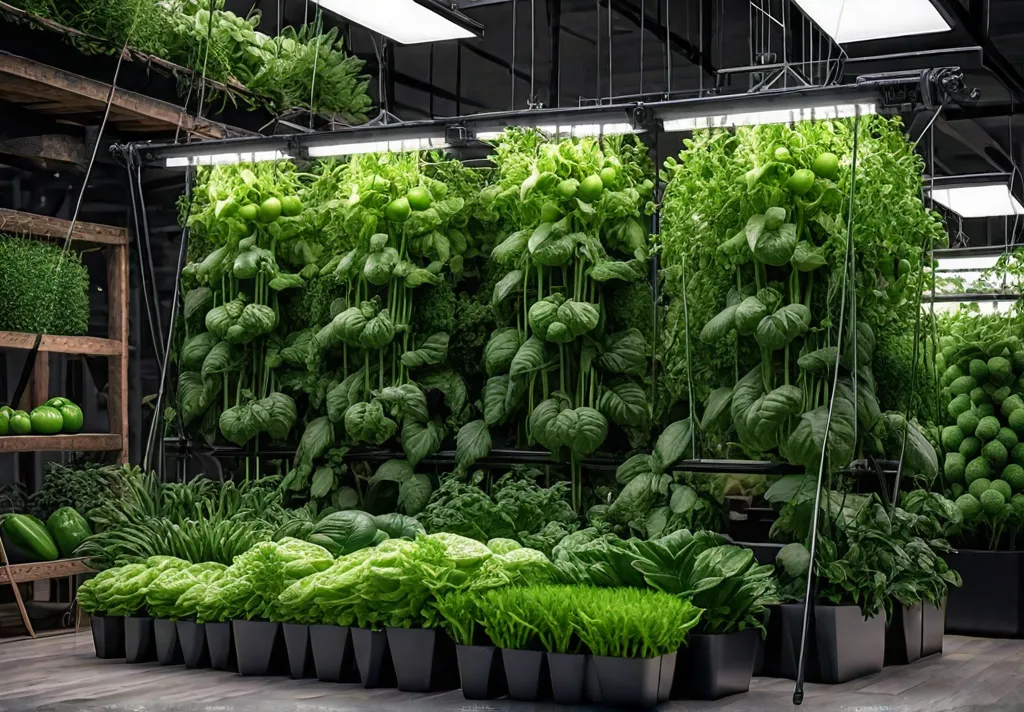As a country gentleman with a deep appreciation for the great outdoors, I’m always looking for new and innovative ways to bring a touch of rustic charm to my garden. That’s why I’m excited to share the power of vertical gardening. This game-changing approach allows you to maximize your limited space and create visually stunning displays, no matter the size of your growing area.
Picture this: a lush, thriving vegetable garden cascading down the walls of your patio or a bountiful harvest of cherry tomatoes spilling out of hanging baskets on your balcony. Vertical gardening makes this dream a reality, unlocking new possibilities for urban and suburban gardeners alike. Growing plants upwards instead of outwards can significantly increase your vegetable yield while adding natural beauty to your outdoor living space.
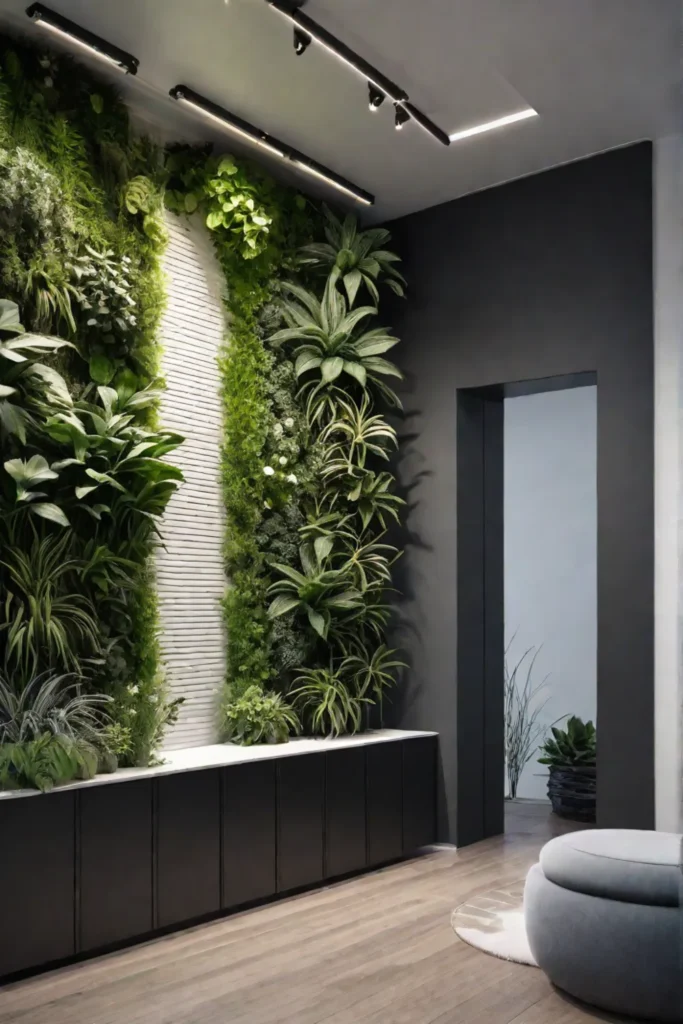
In this article, we’ll explore seven creative techniques for bringing the beauty of the countryside right to your doorstep. From trellising and caging for climbing vegetables to the clever use of hanging baskets and wall-mounted planters, we’ll uncover a world of possibilities that will have your friends and neighbors green with envy. So, grab your gardening gloves and prepare to grow your vegetable to new heights!
The Power of Vertical Gardening
Vertical gardening is a revolutionary approach that allows gardeners to make the most of their available space, whether a small balcony, patio, or urban rooftop. Growing plants upwards instead of outwards can significantly increase vegetable yield while creating a unique and eye-catching display.
Maximizing Limited Space
One of the primary benefits of vertical gardening is its ability to maximize limited space. Instead of sprawling outwards, your plants can grow upwards, allowing you to cultivate a thriving garden in even the smallest areas. This is particularly beneficial for urban dwellers or those with compact outdoor spaces where every square foot counts.
Improving Air Circulation and Sunlight Exposure
Vertical gardens also enjoy improved air circulation and sunlight exposure compared to traditional horizontal gardens. Elevating your plants ensures they receive ample airflow and access to the sun’s nourishing rays, which can translate to healthier, more productive growth.
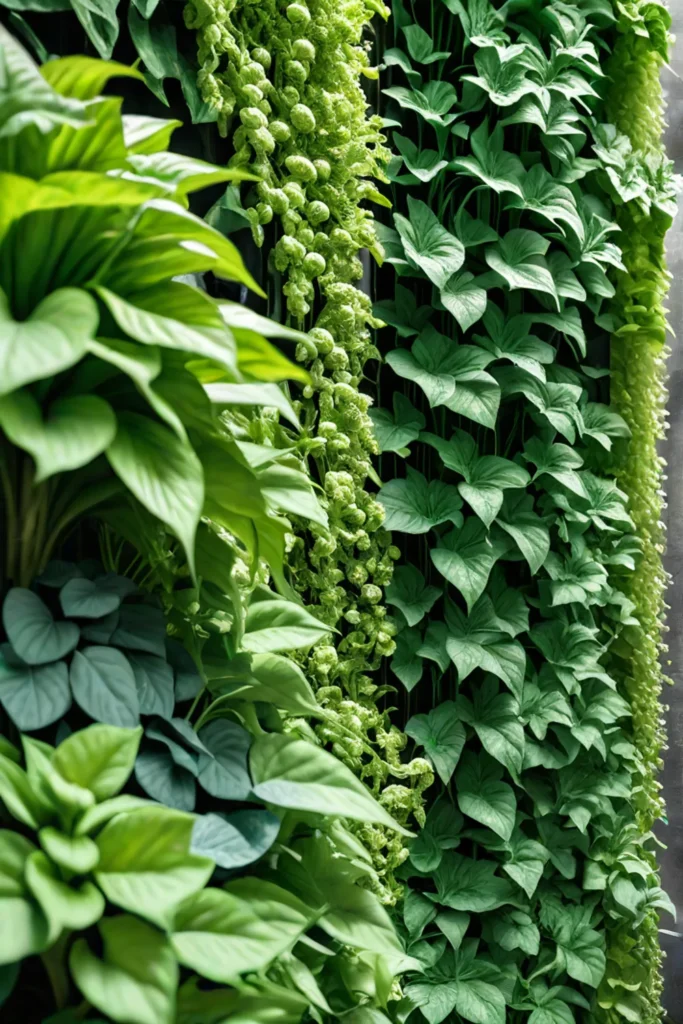
Reducing the Risk of Pests and Diseases
Another advantage of vertical gardening is the reduced risk of pests and diseases. Elevated plants are less susceptible to ground-dwelling pests, and the improved air circulation helps prevent the spread of airborne diseases. This means you can enjoy a bountiful harvest with fewer headaches.
Creating a Visually Stunning Garden
Beyond the practical benefits, vertical gardening can also be a feast for the eyes. Imagine a lush, cascading display of vegetables and herbs, creating a living work of art in your outdoor space. Vertical gardens have a unique and captivating aesthetic that can transform even the most modest settings into a true oasis.
Interesting Facts
Did you know that vertical gardens can produce up to four times more vegetables per square foot than traditional horizontal gardening? This space-saving magic has been practiced for centuries, with ancient civilizations like the Hanging Gardens of Babylon serving as early examples of this innovative approach.
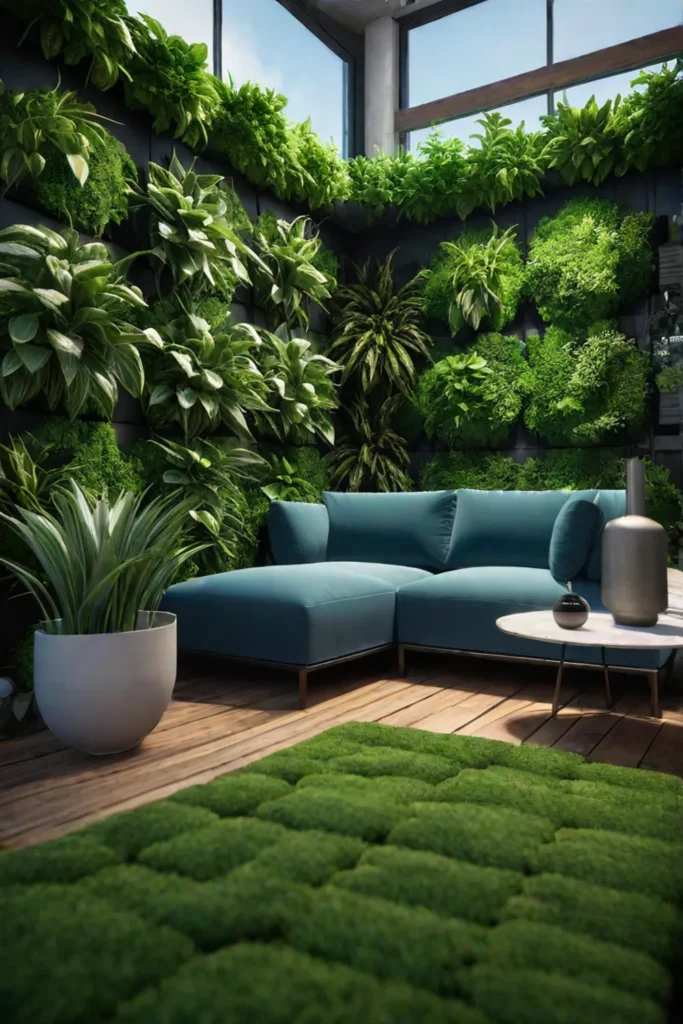
Getting Started with Vertical Gardening
To start your own vertical garden, you can experiment with various techniques, such as utilizing trellises, cages, or obelisks to support climbing vegetables like tomatoes, cucumbers, and pole beans. Alternatively, you can use hanging baskets or wall-mounted planters to grow leafy greens, herbs, and compact vegetable varieties.
No matter your route, the key to a successful vertical garden is selecting the right plants and providing them with the proper support structures. You can transform your outdoor space into a veritable vegetable wonderland with a little creativity and a green thumb.
Trellising and Caging for Climbing Vegetables
Trellises, cages, and obelisks are essential tools for supporting climbing vegetables and vines. They allow them to grow upwards while freeing up valuable ground space. When selecting the right support structure for your vertical garden, it’s important to consider the specific needs of each vegetable variety.
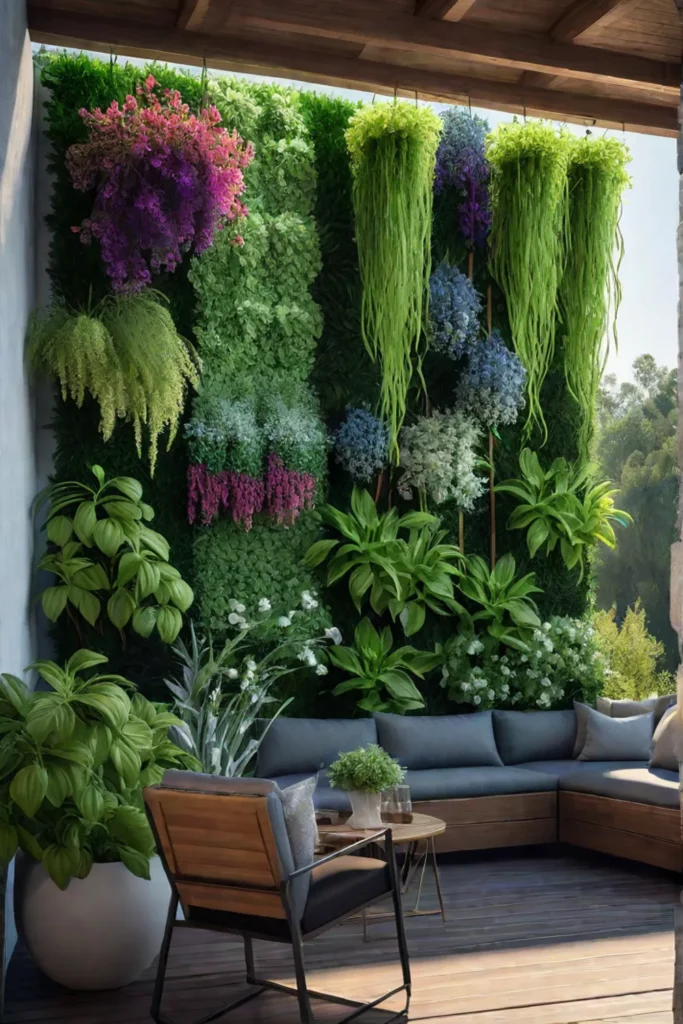
Choosing the Right Trellis or Cage
For example, tomato plants can grow up to 20 feet tall with adequate support, so a sturdy cage or large trellis would be the ideal choice. On the other hand, cucumbers thrive when trained to climb a horizontal trellis, as this encourages their vines to grow upwards. On the other hand, beans do well with a lightweight cage that can be easily moved or adjusted as the plant grows.
Proper Installation and Maintenance
To ensure the longevity and effectiveness of your trellis or cage, follow a few simple guidelines. First, securely fasten the structure into the ground or attach it to a wall or fence. Regularly check for signs of wear or damage and repair or replace as needed to keep your vertical garden in shape.
Techniques for Training and Guiding Climbing Plants
Encouraging your climbing plants to grow upwards is all about using the right techniques. Secure the plant to the trellis or cage with soft ties or clips, or wrap the stem around a spiral support to guide it in the right direction. These simple tricks will help your vining vegetables reach new heights.
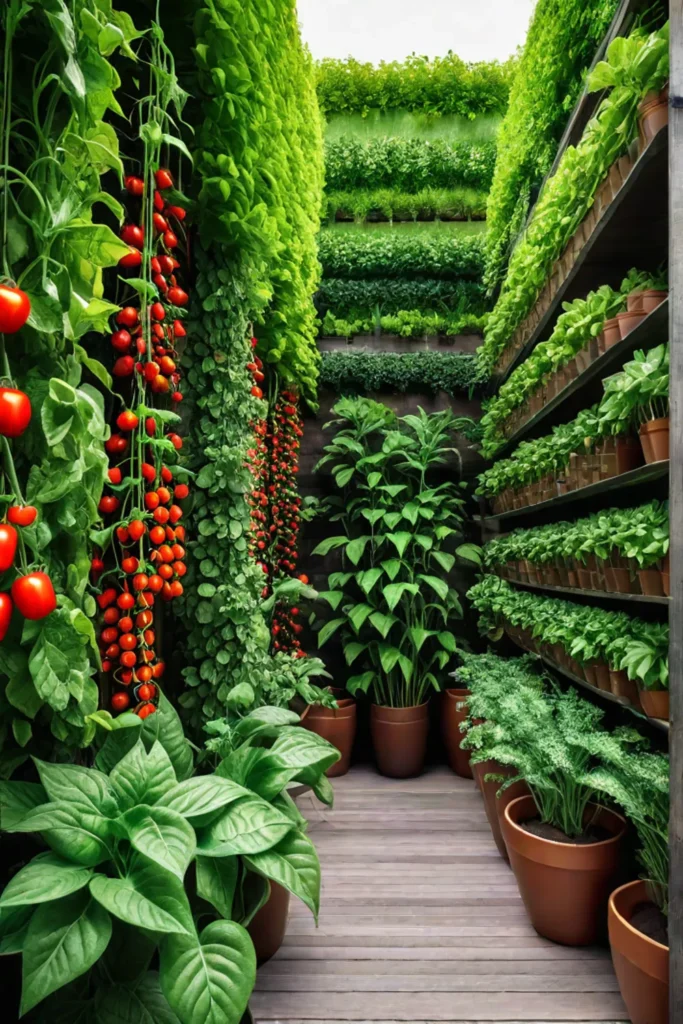
DIY Trellis Ideas
Get creative with your vertical garden by repurposing materials or designing custom structures to fit your space. Old pallets, wooden ladders, or recycled bicycle frames can be transformed into unique and eye-catching trellises. For those with limited floor space, consider attaching a trellis to a wall or fence to save precious real estate.
Space-Saving Methods
Regarding limited space, vertical gardening is all about making the most of what you’ve got. Wall-mounted trellises and hanging baskets are excellent space-saving options, allowing you to grow climbing plants without sacrificing precious ground area.
By incorporating the right support structures and training techniques, you can unlock the full potential of your vertical garden, maximizing your vegetable yield and creating a visually stunning display.
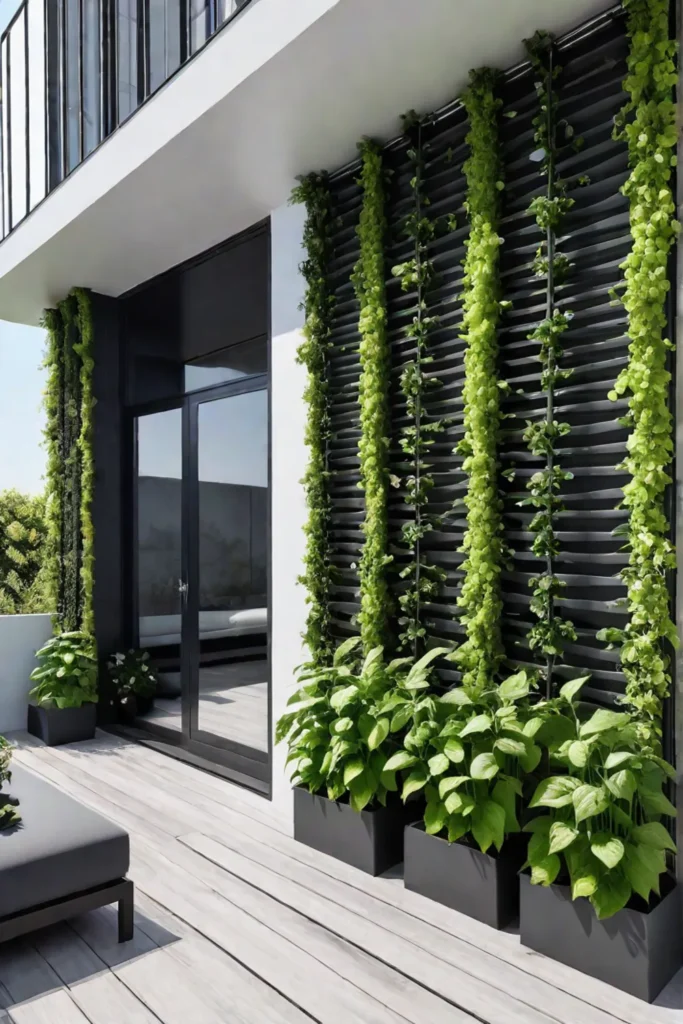
Hanging Baskets and Wall Planters
For gardeners with limited ground space, hanging baskets and wall-mounted planters offer a creative solution for growing various vegetables vertically. These space-saving techniques can provide up to 30% more growing area than traditional ground-level gardening, making them a game-changer for urban and suburban dwellers.
Selecting the Right Vegetables
When choosing vegetables for your hanging baskets and wall planters, it’s important to select varieties that are well-suited to container gardening. Cherry tomatoes, dwarf peppers, and leafy greens like lettuce and kale are excellent options that thrive in these vertical growing systems.
Ensuring Proper Drainage and Watering
Proper drainage and watering are crucial for the success of your hanging baskets and wall-mounted planters. Use a high-quality potting mix that allows for adequate water flow, and make sure your containers have drainage holes to prevent waterlogging. When watering, keep the soil moist but not overly saturated.
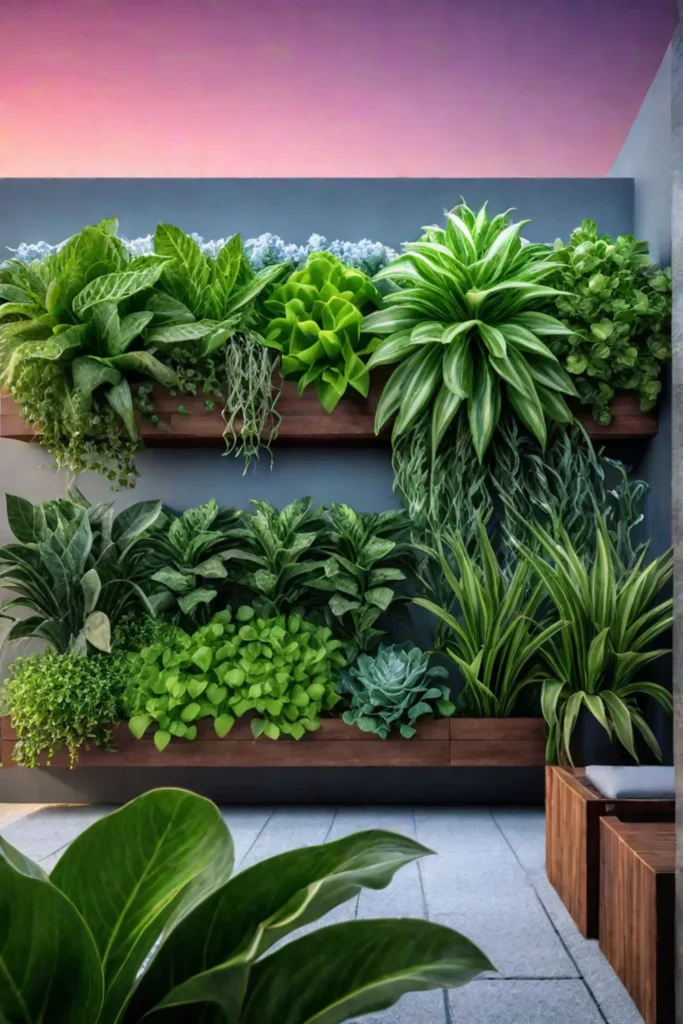
DIY Hanging Basket Ideas
Get creative with your hanging baskets by repurposing old containers or designing custom displays. Reuse tin cans, buckets, or other found objects to add a unique touch to your vertical garden. You can also experiment with materials like wire or rope to craft one-of-a-kind hanging baskets that reflect your style.
Securing and Stabilizing Wall Planters
When installing wall-mounted planters, it’s essential to ensure they are properly secured and stabilized to support the weight of the soil and plants. Use the correct screws and anchors, and consider installing brackets or other support structures to keep your planters firmly in place.
By embracing the power of hanging baskets and wall-mounted planters, you can unlock a world of possibilities for your vertical garden, growing a bountiful harvest in even the most limited spaces.
Vertical Vining Vegetables
Certain vegetable varieties, such as cucumbers, peas, and pole beans, are naturally inclined to climb and thrive when grown vertically. These vining plants offer a unique opportunity to maximize your growing space and create a visually stunning display in your vertical garden.
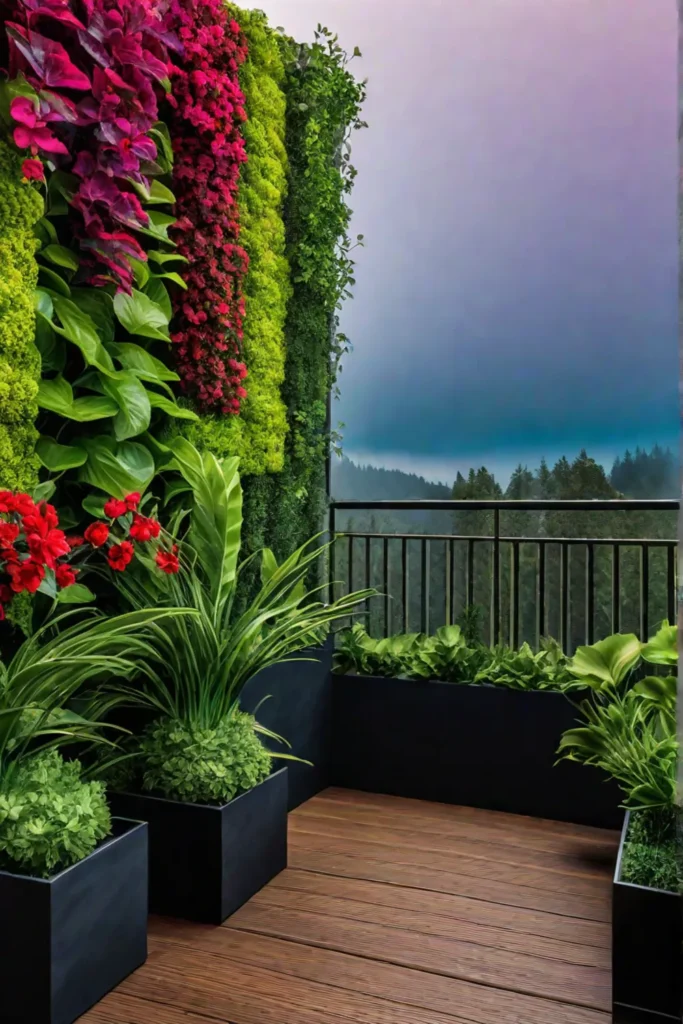
Identifying the Best Vining Vegetables
When selecting vining vegetables for your vertical garden, look for varieties known to be productive and well-suited for climbing. Some key factors to consider include the plant’s growing requirements, productivity, and space-saving potential. For example, pole beans can climb up to 10 feet tall when given proper support, making them an excellent choice for vertical gardening.
Providing Appropriate Support Structures
Proper support structures are essential for the success of your vining vegetables. Trellises, obelisks, and cages can effectively guide the plants’ growth upwards, freeing up valuable ground space. When selecting a support structure, consider the specific needs of your chosen vegetable varieties to ensure they have the right conditions to thrive.
Techniques for Training and Guiding Vines
Try tying the vines to the support structure as they climb to encourage your vining vegetables to grow straight and avoid tangling. Regular pruning can also help maintain a neat and orderly appearance, preventing the plants from becoming too heavy for the structure.
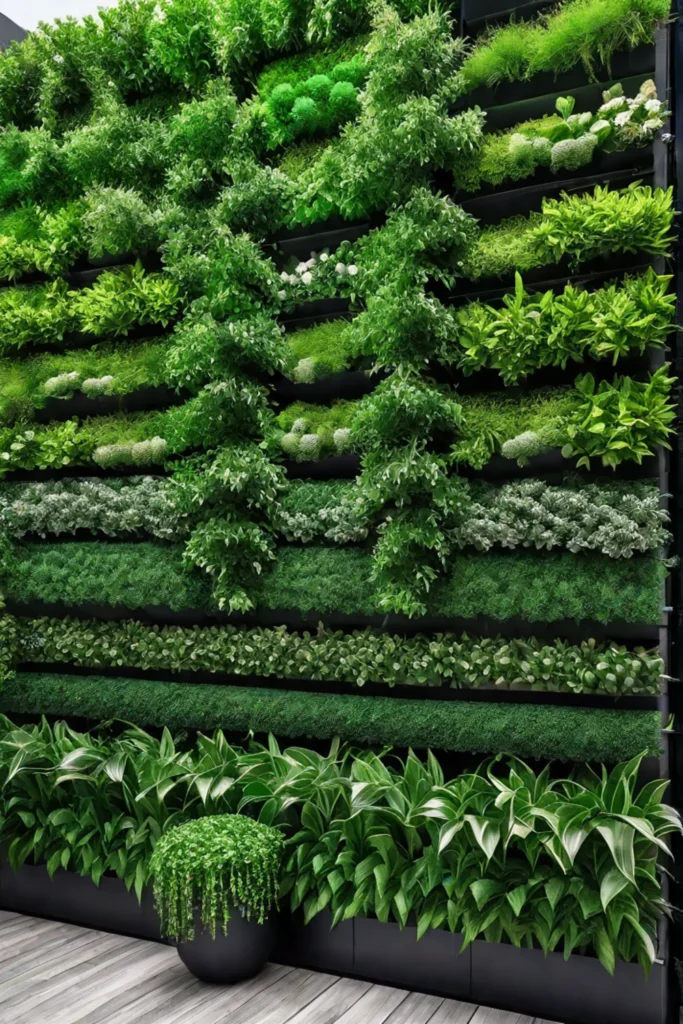
DIY Trellis and Obelisk Designs
Consider creating custom trellis or obelisk designs for a more personalized touch. You can find inspiration and instructions online for a wide range of DIY support structures that can be tailored to the specific needs of your vertical garden.
By incorporating vining vegetables into your vertical gardening system, you can unlock a world of productivity and visual appeal while making the most of your available space.
Vertical Gardening for Leafy Greens and Herbs
In addition to climbing vegetables, leafy greens and herbs can also thrive in vertical gardens, allowing you to create a lush, living wall of fresh produce. These space-saving plants are well-suited for hanging baskets and wall-mounted planters, providing functionality and aesthetic appeal.
Selecting the Best Leafy Greens and Herbs
When it comes to growing leafy greens and herbs vertically, look for varieties known to perform well in container gardening. Lettuce, kale, and other leafy greens can be grown in vertical stackable planters, while herbs like rosemary, thyme, and oregano can thrive in hanging baskets or wall-mounted planters.
Utilizing Vertical Space
Hanging baskets and wall-mounted planters are excellent tools for maximizing your vertical growing space. These containers allow you to cultivate a variety of leafy greens and herbs without sacrificing precious ground area, making them a perfect solution for small-space gardeners.
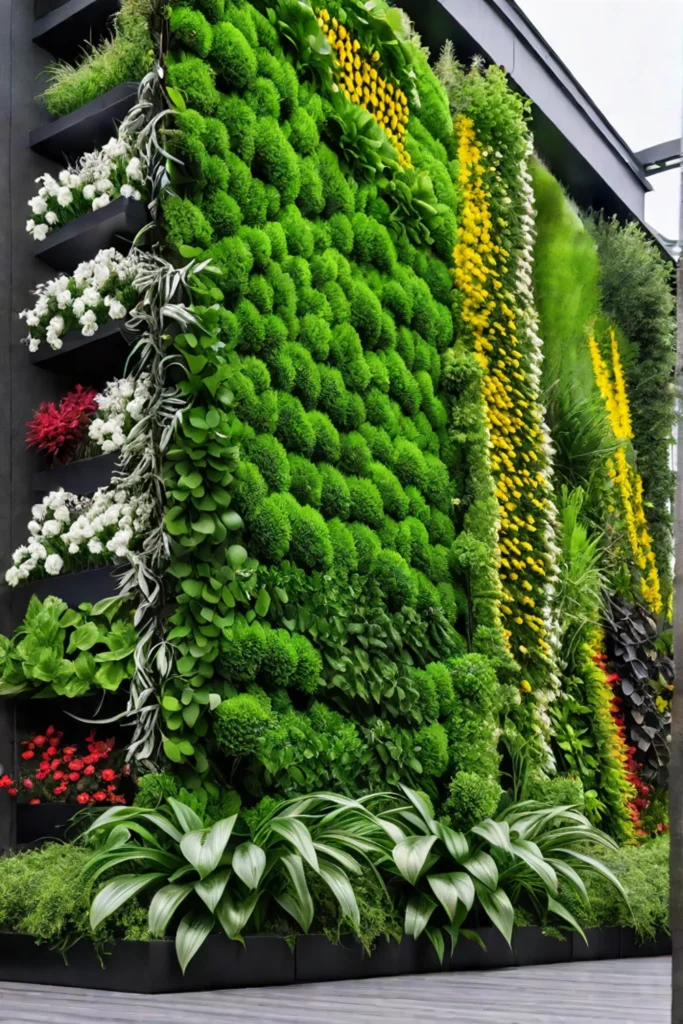
Ensuring Proper Growing Conditions
Please pay close attention to their light, water, and nutrient requirements to ensure your leafy greens and herbs thrive in your vertical garden. Proper drainage and moisture retention are also crucial, so use the right soil mix and container materials.
DIY Vertical Planter Designs
Get creative with your vertical planter designs for leafy greens and herbs. You can find a wealth of DIY inspiration online, from stackable planters to custom-built wall-mounted systems that showcase your plants visually stunningly.
Incorporating leafy greens and herbs into your vertical garden allows you to enjoy a bountiful harvest of fresh produce while adding a touch of natural beauty to your outdoor living space.
Vertical Gardening for Compact Vegetable Varieties
While vining and climbing vegetables are well-suited for vertical growing, many compact vegetable varieties can thrive in vertical gardens. These space-saving options offer a unique opportunity to maximize your growing area and cultivate a diverse array of produce, even in the smallest of spaces.
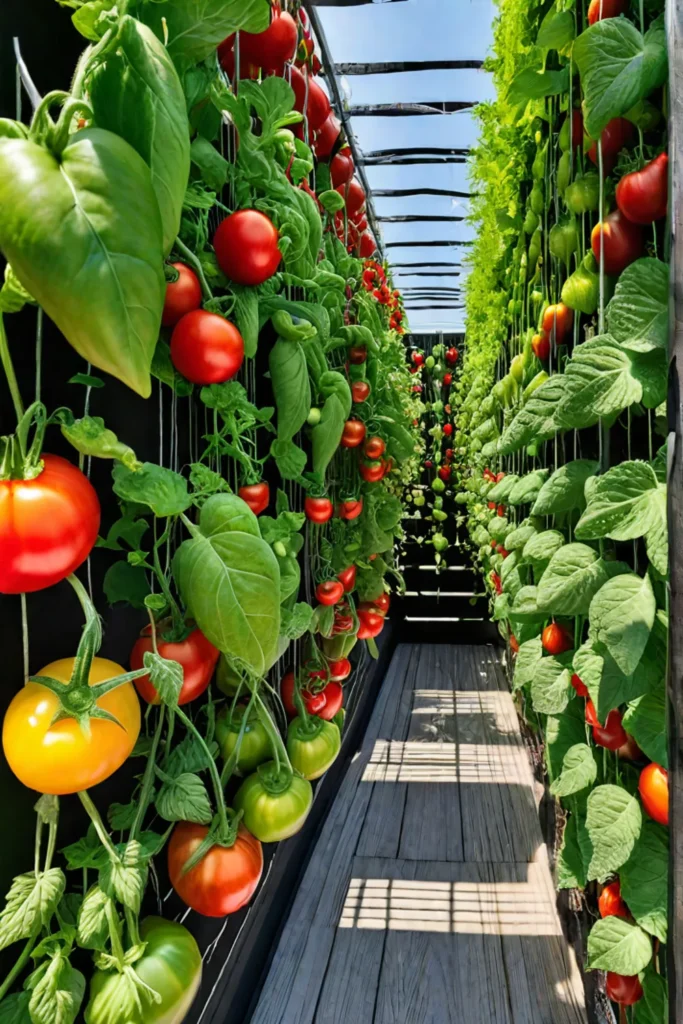
Identifying Compact Vegetable Varieties
When selecting compact vegetable varieties for your vertical garden, look for varieties known to have a smaller mature size, such as bush tomatoes and dwarf peppers. These compact plants can produce high yields in limited space when grown vertically, making them an excellent choice for urban and small-space gardeners.
Utilizing Wall-Mounted Planters and Hanging Baskets
Wall-mounted planters and hanging baskets are ideal for growing compact vegetable varieties vertically. These containers come in various sizes and materials, allowing you to find the perfect fit for your space and style. From modern wall planters to traditional hanging baskets, the options are endless.
Ensuring Proper Growing Conditions
As with any garden, providing your compact vegetable varieties with the right growing conditions is crucial. Ensure they receive adequate light, water, and nutrients to thrive in your vertical garden. Proper drainage and moisture retention are also essential for the health and productivity of your plants.
DIY Vertical Planter Designs
Get creative with your vertical planter designs for compact vegetables. You can find a wealth of DIY inspiration online, from custom-built wall-mounted systems to repurposed containers that add a unique touch to your vertical garden.
By incorporating compact vegetable varieties into your vertical gardening system, you can unlock a world of possibilities, cultivating a bountiful harvest in even the smallest spaces.
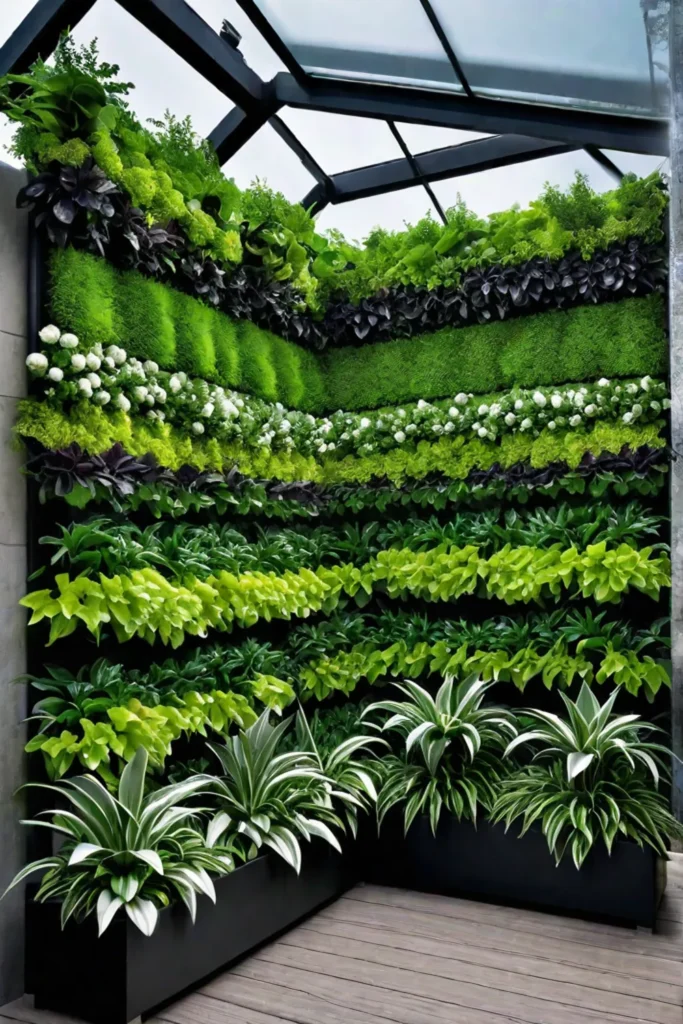
Designing a Cohesive Vertical Garden
Creating a visually appealing and functional vertical garden requires careful planning and design considerations. By balancing different vertical growing elements, incorporating various vegetable types and growth habits, and ensuring aesthetic appeal, you can transform your outdoor space into a true oasis of productivity and beauty.
Balancing Vertical Growing Elements
To create a cohesive vertical garden, it’s important to balance the various elements, such as trellises, hanging baskets, and wall planters. Consider each component’s placement, color, and texture to achieve a harmonious and visually striking design.
Incorporating Diverse Vegetable Varieties
A well-designed vertical garden should feature a variety of vegetable types and growth habits. By mixing climbing, vining, and compact varieties, you can create a visually dynamic display that showcases vertical gardening’s full potential.
Ensuring Aesthetic Appeal
Achieving aesthetic appeal in your vertical garden requires attention to detail. Focus on creating balance, proportion, and contrast through your plant selection and arrangement. Experiment with symmetry, color schemes, and textural elements to craft a captivating design.
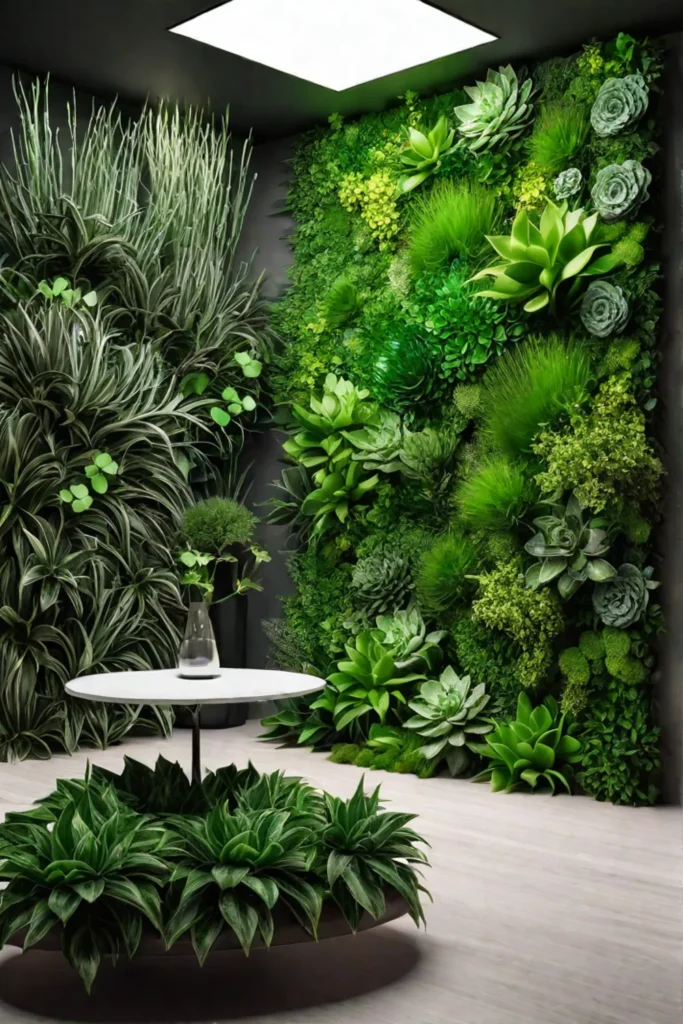
Strategies for Cohesive Design
To create a cohesive and visually harmonious vertical garden, consider using a consistent color palette, arranging plants in a grid-like pattern, and incorporating a focal point to draw the eye. Paying close attention to the details can transform your vertical garden into a true work of art.
Conclusion
Vertical gardening offers gardeners a wealth of opportunities to maximize limited space and create visually stunning displays. By embracing various vertical growing techniques, such as trellising, hanging baskets, and wall-mounted planters, you can cultivate a thriving and diverse vegetable garden, no matter the size of your growing area.
Whether you’re an urban dweller with a small balcony or a suburban homeowner with a spacious backyard, vertical gardening can unlock new possibilities for your outdoor living space. By carefully selecting the right plants, providing the necessary support structures, and designing a cohesive layout, you can enjoy bountiful harvests and a visually captivating garden that will envy your neighbors.
So, what are you waiting for? Unlock the power of vertical gardening and embark on a journey to transform your outdoor space into a verdant oasis of productivity and natural beauty. With a little creativity and a green thumb, the possibilities are truly endless.
